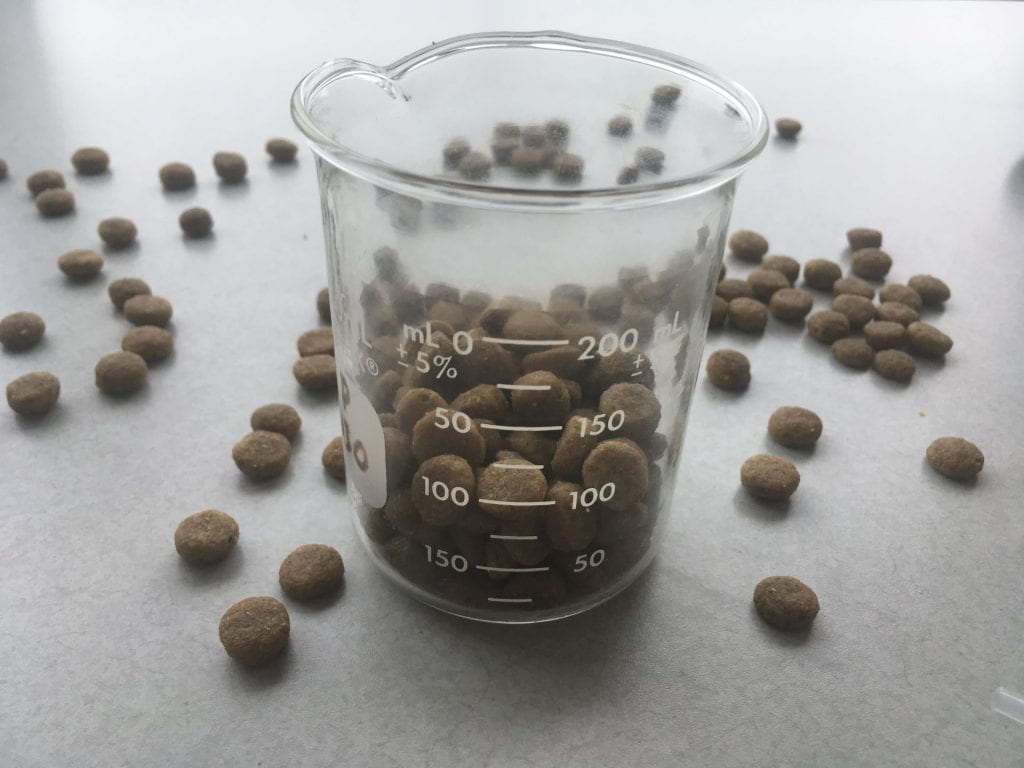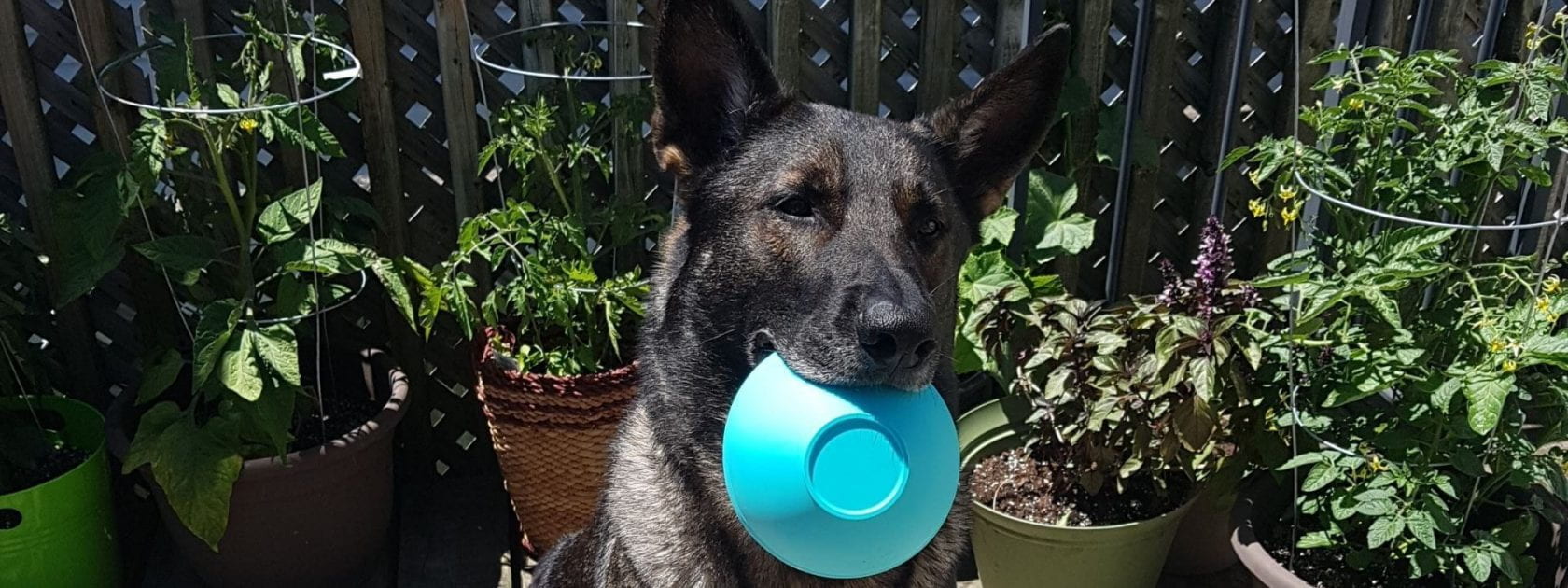Recently in the news, there has been a large concern in the pet industry with dog foods potentially contaminated with aflatoxin. An international recall of pet food products was issued in December 2020, as many dogs became ill after eating contaminated dog food. According to the FDA, the recalled products contained potentially fatal levels of these toxins. In September 2020, a pet food sample was found to contain unsafe levels of aflatoxins, resulting in Sunshine Mills to announce a recall of the tested pet food product and other products made with the same corn.

What is an aflatoxin?
Aflatoxins are a group of toxins that are produced from molds growing on foods or food ingredients, common culprits being Aspergillus flavus and Aspergillus parasiticus. They can be found in agricultural crops such as corn, tree nuts, cottonseed and peanuts, in addition to other foods and finished products. Following ingestion of these contaminated foods, significant illness and even death may occur depending upon the concentration of toxin consumed.
How are aflatoxins produced?
Aflatoxins are typically found in warmer climates. When crops are exposed to favourable temperature and humidity conditions, crops may be contaminated with fungi which thrive in such conditions. These fungal toxins can contaminate crops or soil in the fields, during harvest, and in storage. They can accumulate as they move through the food chain, storage, and processing, are a concern for humans and animals alike. Aflatoxins can be detected in humans and animals through urine, blood samples as well as other bodily fluids and tissues. The ingredient suspected to be contaminated in the recent recalls was corn. Because of this concerned pet parents may be motivated to avoid corn with the intention of reducing the risk of contamination to their pets. However, aflatoxin exposure can occur in all foods, in other crops such as grains, lentils, but also in meat and eggs.
How do they end up in pet food?
- Contamination of pet food can occur at any point in the manufacturing process.
- Raw ingredients
- Poor storage of ingredients or finished product
- Cross-contamination
How can manufacturers minimize risk?
Manufacturers should carefully screen for and select their ingredient suppliers to ensure safety, ensuring correct harvest conditions, storage, and preservative methods, resulting in safe, high quality products. They can utilize sorting technologies to eliminate any samples that appear discoloured or damaged, and look for proper colouring, size, shape, and density. Chemical control agents, proper food packaging, as well as other common agricultural practices are in place to limit aflatoxins.
Some manufacturing companies perform testing on a regular basis, where the raw ingredients are examined before they can even enter the facility. The final product may be tested again prior to leaving the facility. This prevents contaminants like aflatoxins from entering the consumer market. An additional safety measure which some companies perform is to keep a sample from each lot of food, allowing for retesting in the future if necessary. Full-time veterinary toxicologists are employed by some pet food companies and add more expertise on how to prevent contamination with potentially harmful toxins like aflatoxin and other mycotoxins.
In addition to these preventative measures, some international organizations have established strict regulations to control the trade of contaminated products. Products that do not meet the government requirements established for toxins, such as aflatoxins, are rejected.
What happens if my pet consumes contaminated food?
There are several symptoms that can occur with aflatoxin exposure, leading to a variety of adverse effects. If the dose of aflatoxins is high enough, the most common symptoms are:
- Nausea/vomiting
- Decreased appetite
- Jaundice (yellowing of the skin and the whites of the eye)
- Abdominal pain
- Lethargy
- Convulsions
- Swelling (edema)
- Coma
In severe and repeated exposure cases, aflatoxins have the potential to cause impaired development and growth, acute liver failure, increased risk of cancer, and death.
In order to determine if there has been exposure to contaminated foods and effectively provide medical management, physical exams and blood testing are essential. In dogs, removal of the contaminated food from the pet’s diet is important to prevent further exposure. Medical treatment is limited to management of symptoms and supportive care in attempt to minimize damage as the patient processes the toxins.

What can I do protect my pet?
You can sign up to receive recall alerts from Health Canada and the FDA, which may advise you when there has been a recall. Some retailers, including your veterinarian, may be able to provide you with rapid and direct notice if a product you purchased is recalled.
If you think your pet’s food has been recalled, compare the lot number on your pet food with the recall notice to determine if there is a possible risk to your pet. If your pet’s food is contaminated or otherwise recalled, stop feeding this food immediately, discard the unused portion and keep the packaging. Contact your veterinarian and make them aware of your pet’s consumption of the recalled product. To ensure you have the product information available, we advise storing your pet’s food in its original packaging with the lot number and expiration date intact. Read our post, Before you Fill the Bowl, for more information. If you are unsure if your food is one of the recalled diets, discard the food immediately.
Should I avoid companies following a recall?
Not necessarily. A recall history can provide valuable information on a company’s quality control measures, safety, and management. A lack of recalls from a company does not indicate a lower risk of future recalls, as their quality control measures may not be stringent enough to catch concerns. These questions may be helpful in establishing the caliber of a company’s response:
- Did the company’s established, internal quality control and safety procedures catch the potential risk?
- Did they voluntarily report this concern quickly, resulting in a recall before pets became ill?
- Did pets become ill first, prompting an investigation, which resulted in a recall?
- How did the company respond, and how quickly did they respond?
- Some companies can track every lot with incredible precision and may be able to pinpoint states, provinces and even individual retailers who received effected products
- How did they support pets and pet parents who were affected?
- What changes do they make to their procedures to reduce the risk of a reoccurrence?
- When and how did they issue a statement?
Recall notifications can be unnerving, as they serve to inform us of dangerous products hidden in our homes. If you have more questions, concerns, or are seeking a new diet recommendation, we encourage you to reach out to your veterinary healthcare team for additional guidance and support.
Please do not make any changes to your pet’s diet prior to consulting with your veterinarian.
Author:
Cassidy Van Den Diepstraten
Editing:
Shoshana Verton-Shaw, Dr. Sarah Dodd, Dr. Caitlin Grant, Dr. Adronie Verbrugghe
References:
Kumar P., Mahato D.K., Kamle M., Mohanta T.K., Kang S.G. Aflatoxins: A global concern for food safety, human health and their management. Front. Microbiol. 2017;7:2170. doi: 10.3389/fmicb.2016.02170
Patel, Sahil & Bosamia, Tejas & Bhalani, Hiren & Singh, Pratibha & Kumar, Abhay. (2015). Aflatoxins: Causes & Effects. Agrobios Newsletter. XIII. 140-142.
Udomkun, Patchimaporn & Wiredu, Alexander & Nagle, Marcus & Müller, Joachim & Vanlauwe, Bernard & Bandyopadhyay, Ranajit. (2017). Innovative technologies to manage aflatoxins in foods and feeds and the profitability of application – A review. Food Control. 76. 10.1016/j.foodcont.2017.01.008.


